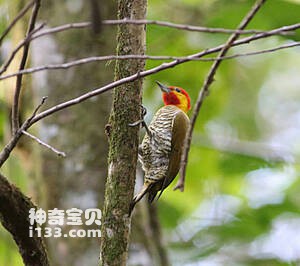
Piculus flavigula
Piculus flavigula,Yellow-throated woodpecker
Piculus flavigula, Yellow-throated woodpecker, is an unknown species.Listed ···
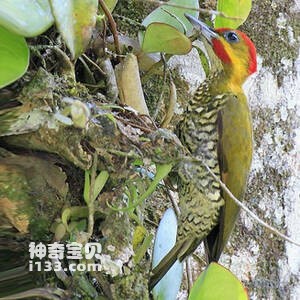
iculus leucolaemus
Piculus leucolaemus,White-throated woodpecker
The species is known as Piculus leucolaemus or White-throated woodpecker.Lis···
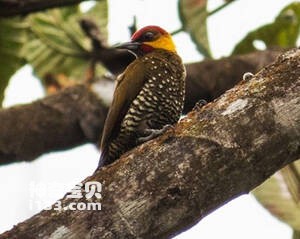
Piculus litae
Piculus litae,Lita woodpecker
Lita woodpecker is known by its scientific name Piculus litae and its foreig···
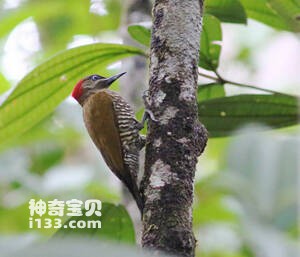
Piculus callopterus
Piculus callopterus,Stripe-cheeked woodpecker
Piculus callopterus and Stripe-cheeked woodpecker are unknown.Protect wild a···
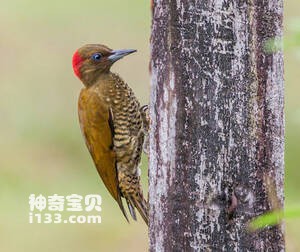
Piculus simplex
Piculus simplex,Rufous-winged woodpecker
The bird is known as Piculus simplex and Rufous-winged woodpecker. Its speci···
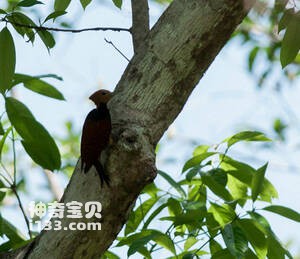
Celeus tinnunculus
Celeus tinnunculus,Atlantic black-breasted woodpecker
The Atlantic black-breasted woodpecker, known as Celeus tinnunculus and Atla···
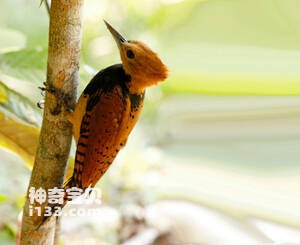
Celeus occidentalis
Celeus occidentalis,Amazonian black-breasted woodpecker
The Amazonian black-breasted woodpecker, known as Celeus occidentalis or Ama···
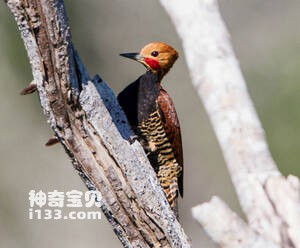
Celeus torquatus
Celeus torquatus,Ringed woodpecker
The Ringed woodpecker is known by its scientific name Celeus torquatus and i···

Celeus obrieni
Celeus obrieni,Kaempfer's woodpecker
It is known by its scientific name Celeus obrieni and its foreign name Kaemp···
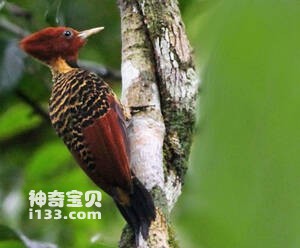
Celeus spectabilis
Celeus spectabilis,Rufous-headed woodpecker
The brown-headed woodpecker is known as Celeus spectabilis and Rufous-headed···
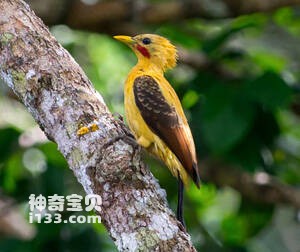
Celeus flavus
Celeus flavus,Cream-colored woodpecker
The species, known as Celeus flavus and Cream-colored woodpecker, has four s···
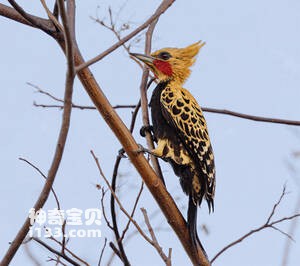
Celeus ochraceus
Celeus ochraceus,Ochre-backed woodpecker
The species is known as Celeus ochraceus and Ochre-backed woodpecker.Protect···
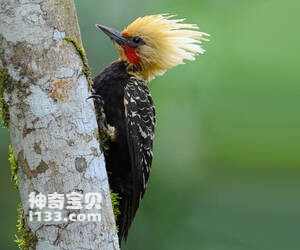
Celeus flavescens
Celeus flavescens,Blond-crested Woodpecker
The species is known as Celeus flavescens or Blonde-crested Woodpecker.Liste···
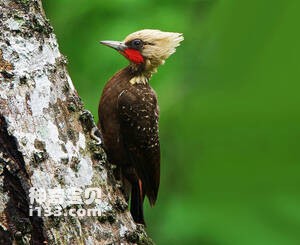
Pale-crested Woodpecker
Celeus lugubris,Pale-crested Woodpecker
The white-crowned Woodpecker is known by its scientific name Celeus lugubris···
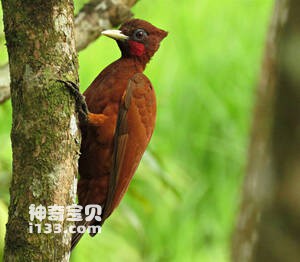
Celeus elegans
Celeus elegans,Chestnut woodpecker
The species is known as Celeus elegans and Chestnut woodpecker. Its specific···
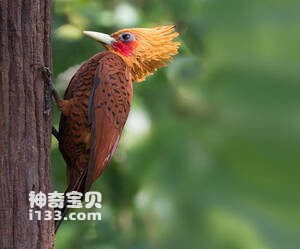
Celeus castaneus
Celeus castaneus,Chestnut-colored woodpecker
The Chinese Chestnut woodpecker is known as Celeus castaneus and chestney-co···
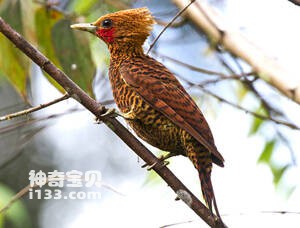
Celeus undatus
Celeus undatus,Waved woodpecker
The bird's scientific name is Celeus undatus, and its foreign name is Wa···
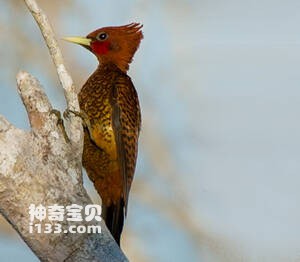
Celeus grammicus
Celeus grammicus,Scaly-breasted woodpecker
The species is known as Celeus grammicus and Scaly-breasted woodpecker. Its ···
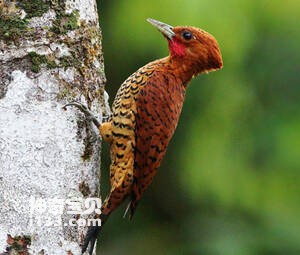
Celeus loricatus
Celeus loricatus,Cinnamon woodpecker
The species is known as Celeus loricatus and Cinnamon woodpecker, but its ha···

Dryocopus galeatus
Dryocopus galeatus,Celeus galeatus,Helmeted Woodpecker
Helmeted Woodpecker is known by its scientific name Dryocopus galeatus, Cele···
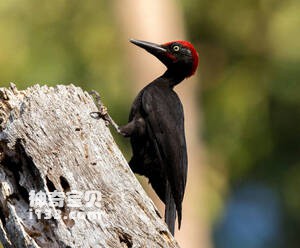
Dryocopus hodgei
Dryocopus hodgei,Andaman woodpecker
The woodpecker's scientific name is Dryocopus hodgei, and its foreign na···
